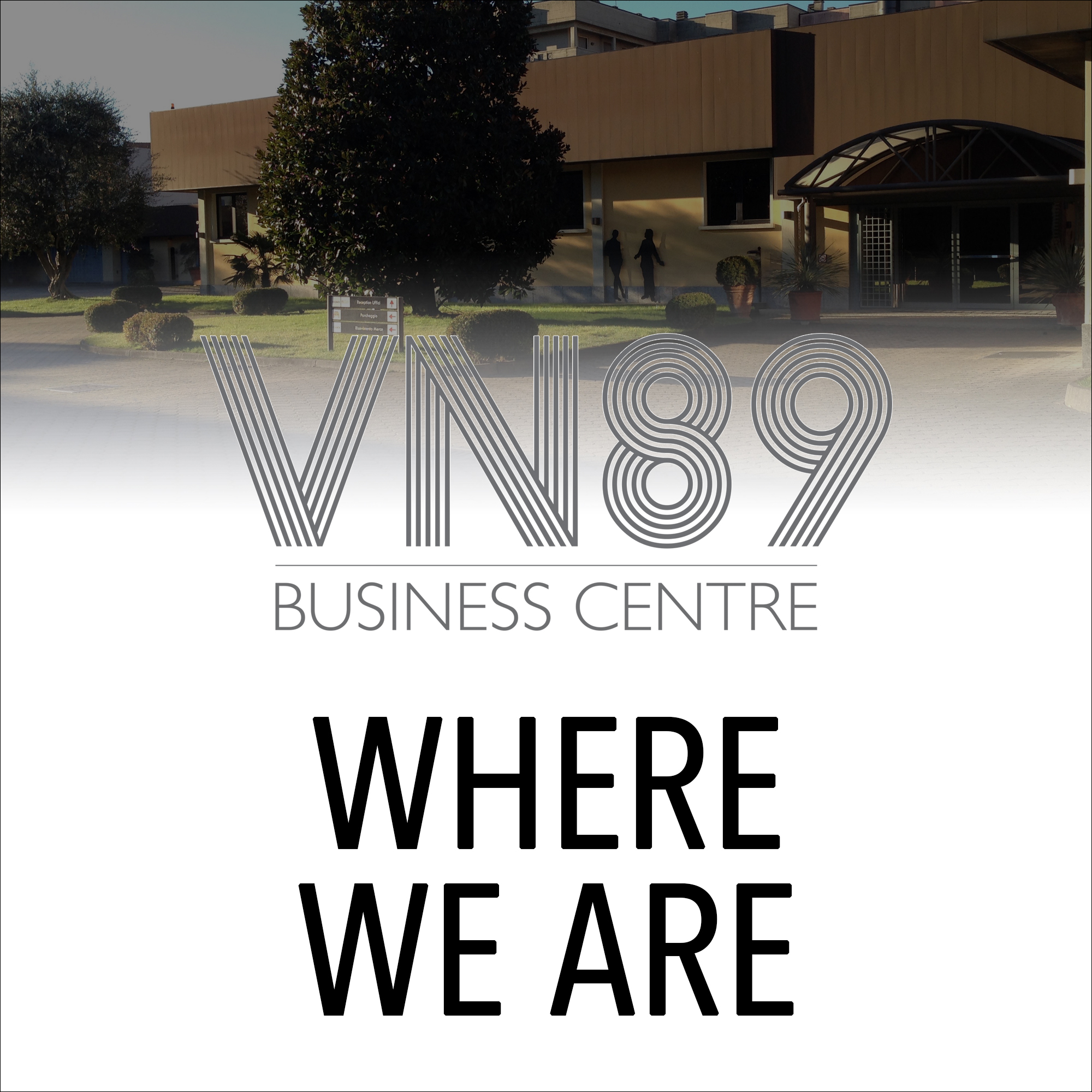BEST OF THE WEB V.7
For the microbiologist and Medical Doctor
URL:www.historyofvaccines.org
http://www.the-scientist.com//?articles.view/articleNo/41989/title/Viral-Virtuosos/
Vaccination history
Vaccinations have had a profound impact on human health, and yet there remains a lot of misinformation floating around out there regarding vaccines. (No, no, no, they do not cause autism.) The History of Vaccines website by the College of Physicians of Philadelphia is an excellent educational resource that covers many different aspects of vaccines and their history, including information about the science of vaccines, vaccine-preventable diseases, misconceptions about vaccines, and answers to the question, “why vaccinate?” Beyond articles addressing each of these (and many other) topics, the website includes a number of interactive features such as timelines, animations, and activities for students. Activities include, among others, a game in which players try to develop vaccines to protect a population of a society fighting disease, as well as a game that has players apply the scientific method to epidemiological scenarios.
For the scientist
URL:www.sixtysymbols.com
http://genengnews.com/best-of-the-web/sixty-symbols/2928/
60 Simbols
The people at the University of Nottingham certainly have a way with science videos. Not only have they provided the world with videos about every element of the Periodic Table, but they also have an entire site—Sixty Symbols—dedicated to the symbols of physics and astronomy. Well really, the site is dedicated to concepts that can be depicted by symbols, such as a cat symbol for—yes, you guessed it—Schrödinger’s cat. The videos on the website tend to be between 5 and 10 minutes in length. Visitors to the site will truly find an eclectic collection of videos, including ones entitled magic square, ghost particles, birefringence, and ferrofluid. Don’t be alarmed if you have no idea what each symbol signifies—simply mouse over the symbol to display the video title.
For the scientist
URL:biolum.eemb.ucsb.edu
http://genengnews.com/best-of-the-web/the-bioluminescence-web-page/2920/
Bioluminescence
Anyone who has ever been entranced by a firefly or hypnotized by a glowing jellyfish will agree that bioluminescence—that is, light that is produced by living organisms—is pretty neat. The Bioluminescence Web Page is an excellent website that brings together in one place various tidbits related to bioluminescent creatures, including scientific meetings (yes, there was a meeting on fireflies earlier this year), current museum exhibits, recent publications, and links to other related sites. The site includes a research forum where researchers can discuss their research interests, and it also includes a photo gallery featuring various bioluminescent organisms. Additionally, the site includes an emphasis on education, providing information on the chemical reactions that produce bioluminescence, a discussion of the many uses of bioluminescence, and other content
For the neurologist
URL:brancusi.usc.edu
http://genengnews.com/best-of-the-web/bams/2925/
The brain
The brain is really basking in the spotlight these days, what with the many headlines associated with the BRAIN Initiative and all. Even though the Initiative may be fairly recent, there are a number of already established online resources related to the brain that have much to offer to researchers and the casual brain enthusiast alike. One such site is the Brain Architecture Management System (BAMS), a website dedicated to collaboration and the open sharing of information among neuroscience and neuroinformatics research groups. Visitors to the BAMS website can explore neurobiological information at various organizational levels, from molecules, to cells, to connections among cells, and finally to connections among brain regions. The user interface for the website is very simple, with many pages including just a search field or a list of items to browse. Despite the simple interface, there is a great depth of information present on this site—fitting, as the brain itself provides layer upon layer of intrigue.
For the Chemist
http://genengnews.com/best-of-the-web/periodic-videos/2922/
URL:www.periodicvideos.com
Periodic tables
You’ve probably seen a lot of different periodic tables over the years, but I doubt you’ve seen any quite like the one featured on the University of Nottingham’s Periodic Videos website. As the name implies, the website features a periodic table wherein each element is accompanied by an educational video about that element. The videos feature actual chemists from the University of Nottingham, and they also often feature related chemical demonstrations (such as an exploding hydrogen-filled balloon). Even though the team behind the videos has succeeded in covering all 118 elements, the group continues to replace older videos with updated ones. The elements with recently updated videos are conveniently marked on the table. Beyond the periodic element videos, the website also contains a large collection of “extra” videos that cover a wide range of topics.
For the molecular biologist
URL:emolecules.com
http://genengnews.com/best-of-the-web/emolecules/2921/
eMolecules
Whether you’re at a pharmaceutical company preparing for a drug screen, or you’re simply in search of a few hard-to-find chemicals, you may benefit from eMolecules.com. This website provides a free chemical search tool that, according to the company, is “linking researcher needs to supplier capabilities.” In other words, in response to a user’s enquiry about a specific chemical compound, the website displays a list of suppliers (with catalog numbers) that sell that chemical. (Of note, this search tool is a free version of the company’s eMolecules Plus database, which provides additional information but also requires a paid subscription.) The search options are flexible, as users can either search by compound name, CAS, SMILES, or catalog number; alternatively, users can draw the desired chemical structure using the ChemDraw interface on the site.


















